Traditional snowboarding styles: freestyle, freeride and alpine
Traditionally, snowboarding is divided into three styles: freestyle, freeride and alpine. Over the years however, a lot of new styles have emerged. Sometimes, existing snowboarding styles have blended or evolved into new ones, while in other cases, a whole new style has popped up. Still, the distinction between freestyle, freeride and alpine remains relevant, because they are umbrella terms for most other styles. Additionally, most brands use these different styles of snowboarding to create dedicated freestyle, freeride and alpine snowboards.
1. Freestyle snowboarding
Freestyle is a snowboarding style that is all about performing tricks. Freestyle snowboarders can be often found lapping the park, where they show off their jumps, slides and presses. Freestyle is a very broad discipline that involves other, more focused styles. Outside of the park, freestyle snowboarding can be practised on groomers, in the backcountry, or even on the street. A freestyle snowboard is symmetrical and relatively short, so it can be easily thrown around.
The following styles are specific disciplines within freestyle snowboarding:
Jibbing
Jibbing is a specific style of freestyle snowboarding where riders perform technical tricks on non-standard obstacles, sometimes even off the snow. Think of benches, walls, ledges, boxes, rails, stairs, logs and rocks. Jibbing moves include jumping, spinning, sliding and pressing.

Slopestyle
Slopestyle is a freestyle variation where riders do tricks on a purpose-built course while riding down the mountain. The course might consist of jumps, rails and boxes, and riders can choose their own line. Slopestyle is practised as a competitive form of snowboarding and is an Olympic discipline.
Halfpipe
A halfpipe is a half-round ramp dug out in the snow, with big walls on both sides. Riders go from one side to the other, and fly above the ramp while performing spectacular aerial manoeuvres. Halfpipe is an Olympic number as well.

Big Air
Big air is all about doing the most spectacular tricks off a big, man-made jump. Riders get a lot of airtime and perform all kinds of spins, flips and grabs before landing again smoothly. Big air is part of the Olympics too.

2. Freeride snowboarding
Freeride snowboarding is a style that is focused on riding in natural terrain. Freeriders love the feel of powder surfing and don’t use man-made obstacles. Instead, they manoeuvre their board over natural obstacles such as chutes, cliffs, and trees. Freeride snowboarding is also referred to as backcountry, sidecountry, off-piste or big mountain snowboarding. A freeride snowboard is directional and longer than a freestyle board to give the rider speed and float in powder.

The following styles are specific disciplines within freeride snowboarding:
Backcountry snowboarding
Backcountry snowboarding is a form of freeride snowboarding where riders explore unridden parts of the mountain – the backcountry. Far away from the crowds and groomed slopes, they search for wide open powder fields or challenging tree runs. In many cases, these parts of the mountain can’t be reached by a ski lift. That is why backcountry riders often depend on other ways of ascent, such as hiking (with or without snowshoes), helicopters or splitboards. Backcountry snowboarding isn’t for beginners and demands practice, mountain knowledge, and specific safety equipment (such as an avalanche beacon and/or airbag). If you want to start freeriding, it is therefore advised to start riding at the side of the slopes (sidecountry).

Splitboarding
Splitboarding is an evolution of backcountry snowboarding where the snowboard can be divided into two ski-like parts to ascend to the top, and re-attached before descent. While hiking into the backcountry, splitboarding allows free heel movement and uphill traction, thanks to the skins that can be attached to the skis. A big pro of splitboarding is that the rider doesn’t have to carry a board while climbing, and snowshoes while riding. The splitboard was invented in the 1980s by a snowboarder named Brett Kobernick.
3. Alpine snowboarding
Alpine snowboarding revolves around speed and carving. Competitions are held in the disciplines parallel slalom and giant parallel slalom, which are also part of the Olympics. Snowboard racing is most similar to competitive skiing. Recreational alpine snowboarders can often be found on freshly groomed slopes, where they perform radical carves at high speeds. An alpine snowboard is narrow and directionally shaped. They are ridden with hard boots for optimal control.
Other snowboarding styles:
All-mountain snowboarding
All-mountain snowboarding is a mix of snowboard styles that can be practiced (as the name suggests) all over the mountain. Whether you want to carve, jump or ride powder: all-mountain snowboarding is an allround style of snowboarding that includes it all. It is a popular style among many recreational snowboarding enthusiasts that don't want to limit themselves to one particular style. All-mountain snowboards are allround boards that mix characteristics of both freestyle and freeride boards.
Boardercross
Boardercross is a competitive snowboarding style which is quite similar to motocross. It involves a number of riders that race down a course with bumps, corners, jumps and other man-made obstacles. This means riders need to be allround and shouldn’t fear an accidental collision. Boardercross has been part of the Olympics since 2006.






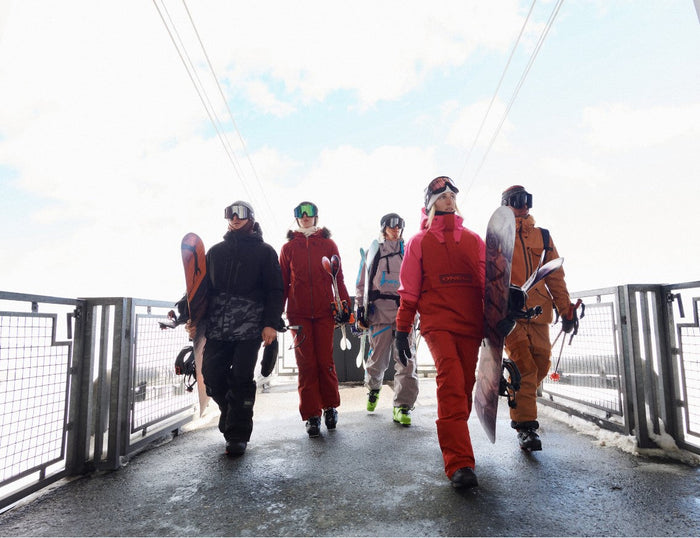
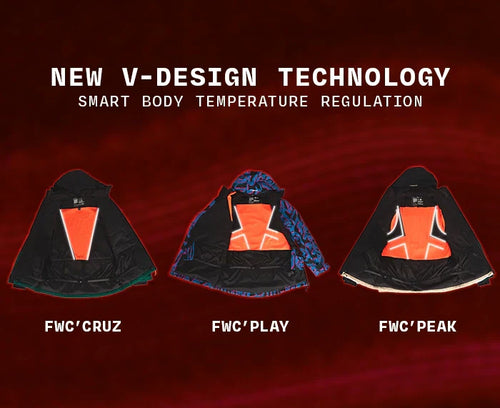
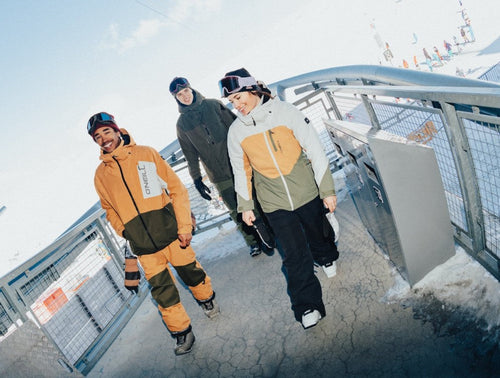
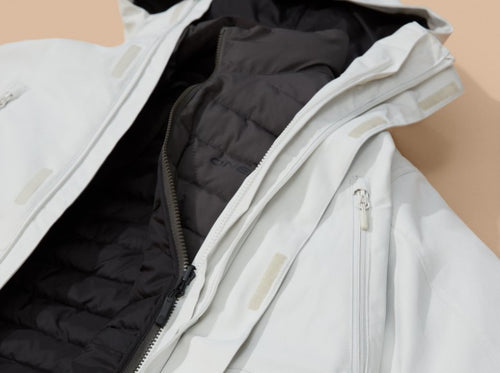
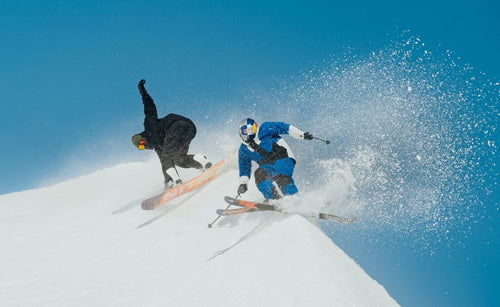
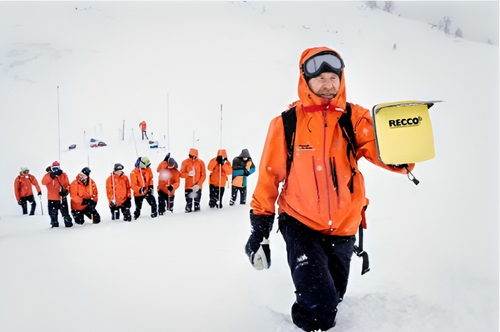
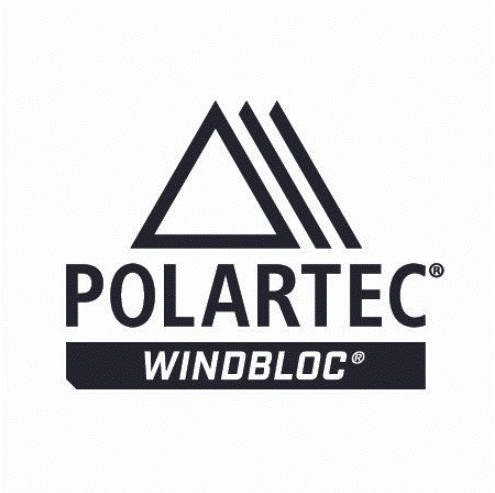
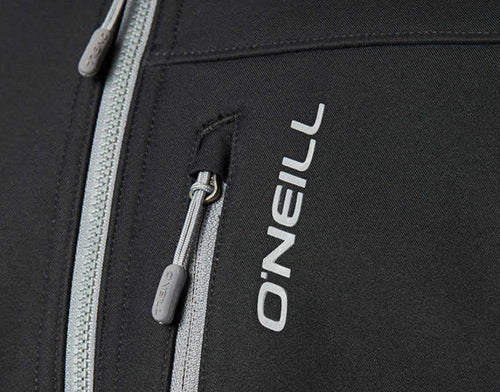
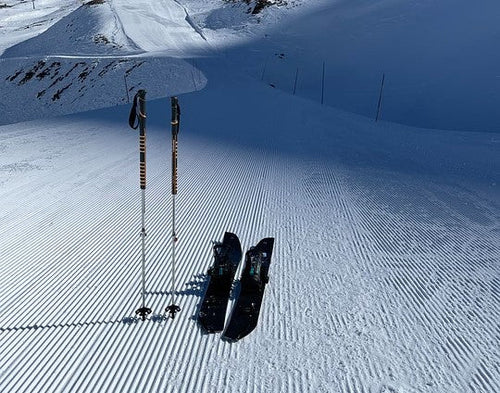
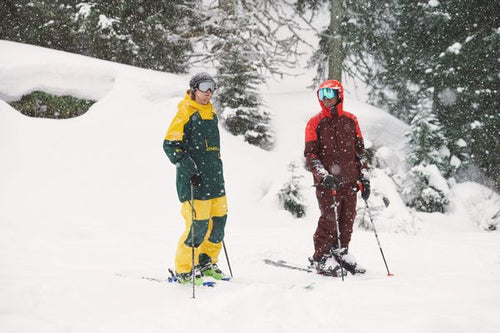
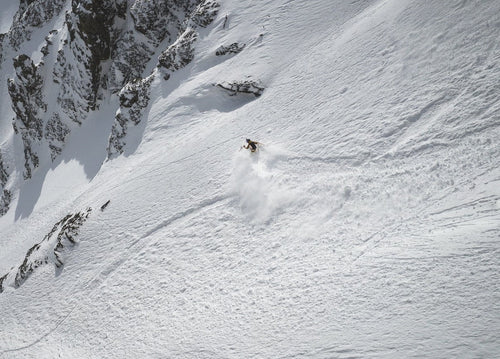
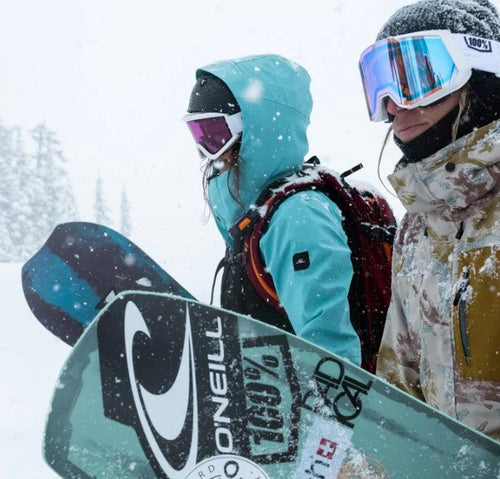
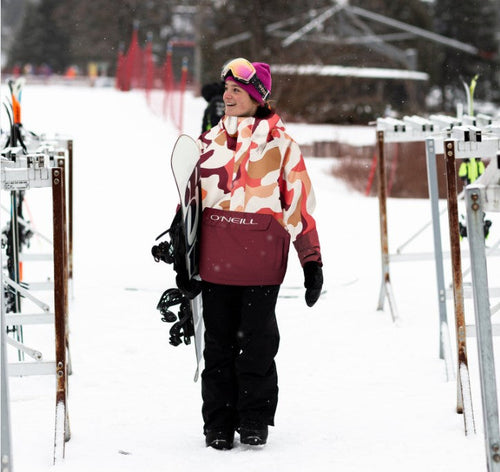
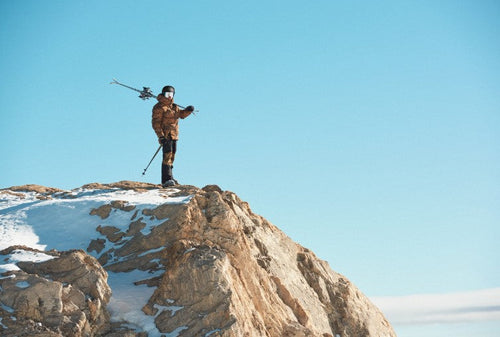
0 comments